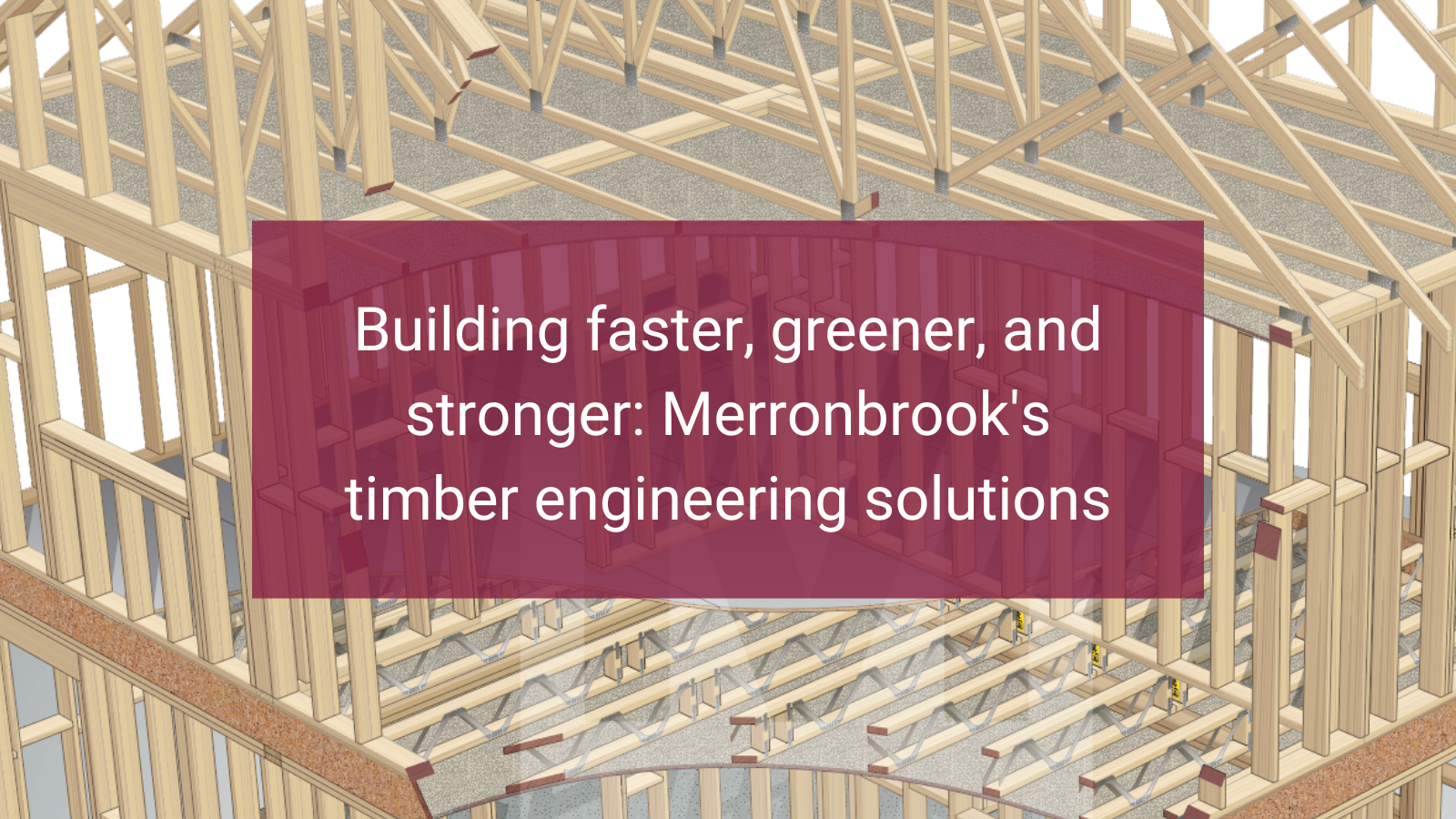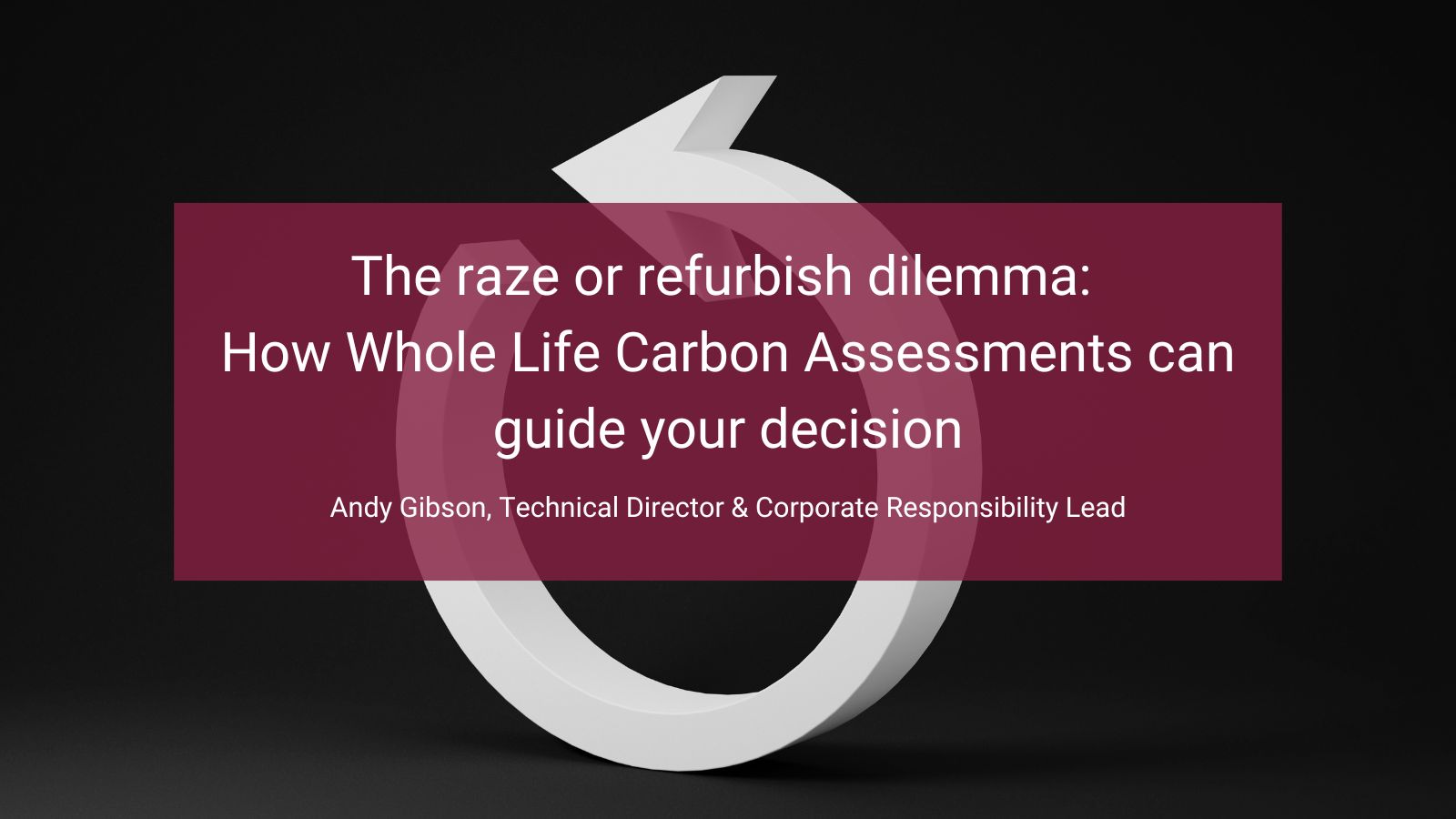Embracing timber frame

Here at Merronbrook we believe that timber framed construction is set for fast growth over the coming years. Important regulatory changes, significant price swings and continuing issues with material supplies and the skills required for traditional build all suggest that this will happen naturally, without us trying to force the issue. Our consultancy approach helps explain what it means to embrace the timber frame revolution, to give our customers a head-start in understanding the changes and, above all, show how we can offer support with the additional, personalised expertise and advice needed in this time of change.
Timber framed construction has many advantages.
Click here for our full, recent piece on this, but some things are not new:
• Timber frame buildings are erected much faster. Panels are cut precisely and checked offsite and then delivered ready to be put in place on a pre-constructed foundation, installed by our experienced erection teams.
• Works are more predictable and keep to an arranged programme; whereas traditional build can stop in bad weather, timber-framing can carry on.
• It’s much easier to accommodate bespoke designs with our pre-build consultation and manufacturing process.
• Offsite production and quality assurance, under a precise ISO framework, means much more certainty about the result than when bricks and mortar are set-out and laid by hand on site. Timber frames eliminates the possibility of human error, with approved designs and manufactured items.
• Our PEFC-certified timber is a naturally-insulating, sustainable material, making it much easier to hit targets on energy efficiency and ESG.
So why doesn’t timber rule the world?
The further back in time you go, the more the price differential swings towards traditional brick and block, and away from timber frame. See the link above for evidence of change in both cost and in the consequent adoption of timber framing.
Other changes too are altering the relative merits of traditional versus timber framed construction. The government has announced much stricter targets for the sections of the Building Regulations that cover the conservation of fuel and power, and overheating. But these changes are minor compared to what is expected in 2025 (click here for more). Sooner than you may realise, you won’t be choosing the materials most suited to maintaining temperature; you won’t have a choice.
Where do we go from here?
The rapid take-up of timber-framing discussed in the section above makes clear that inertia is already shifting. We know this from personal experience. The number of calls and emails we receive from industry professionals with queries about our products is rising swiftly. Some are questions of detail, but some are quite basic questions from industry veterans who are nonetheless fairly new to timber frame. Though fewer in number, we are also starting to see queries directly from those involved in self-build. We welcome all of these questions.
“Recently, I sat down with a couple embarking on a self-build project,” comments our Technical Director and Corporate Responsibility Lead Andy Gibson. “The lady of the house was an interior designer and very involved with the detailed plans. Because the panels are manufactured precisely, I was able to engage down to the level of confirming that, yes, there will be room for this wardrobe here. Oh, and don’t forget 20mm for the skirting board there.”
Different ways to win future customers
To be clear, we charge no consultancy fee for supporting our customers, large or small. Much of our new business comes from word-of-mouth recommendation, and we hope to maximise that by being the partner people feel they can rely on in a time of industry change.
Continues Andy: “In the end, that self-build customer decided to go with us before they had even nailed down precisely what option they wanted in each area, meaning they committed without knowing exactly what the price would be, but we had sat down with them, and worked with them and they trusted us.”
The price is right?
One word of caution: if you ask us for an estimate, do make sure you assess it correctly, comparing like with like. “We’ll work whichever way a customer prefers, but about 95% of our projects are supply and install, meaning our team erects the building on site,” says Gavin Alderslade, Merronbrook’s Business Development & Marketing Manager. “Also, I think the architects and project managers we work with regularly, feel that we’ll be with them throughout the journey, and that this too is an added value they factor into the assessment of the quote.”
In conclusion
If you’re not already working with us on timber framing, please get in touch by clicking here to find the support you need. If you do embrace timber framing with Merronbrook, you will be choosing something that is clearly supported and explained, and then manufactured, delivered and signed off on site under a formal process that ensures that what you saw on paper and hoped for at the start of your journey is precisely what you get at the end.


